Nenhum produto no carrinho.
A Incomfortável Verdade
(2017)
Diversidade, Equidade e Inclusão > Material educativo sobre linguagem inclusiva e outros recursos






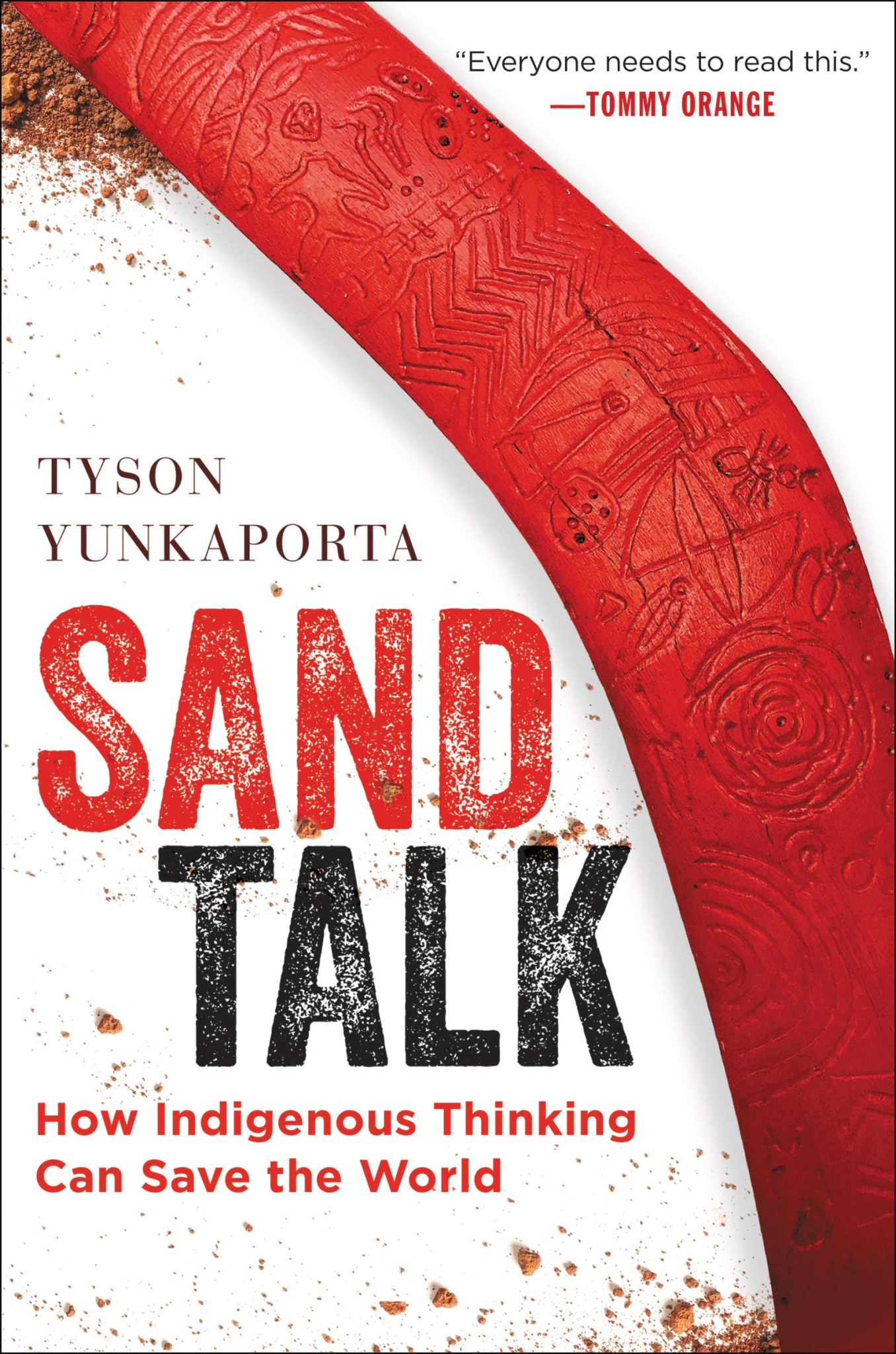
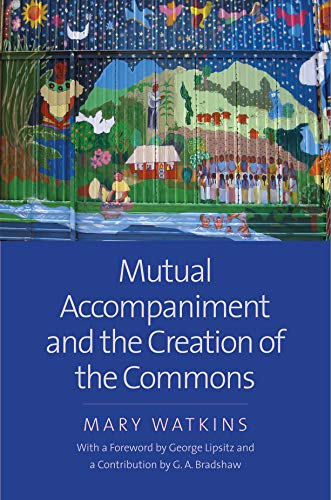

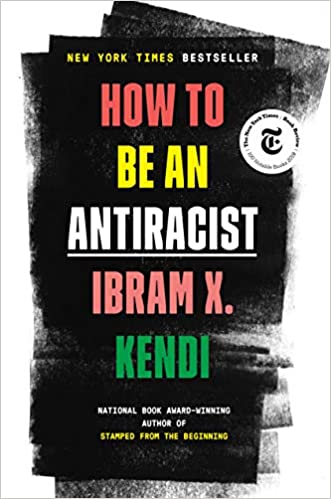




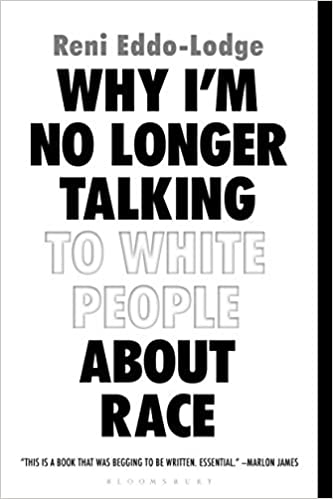
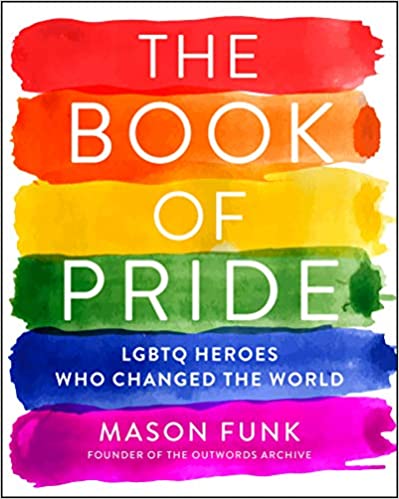
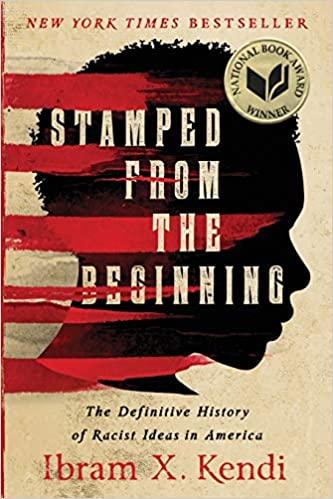











If These Cells Could Talk (Se estas células pudessem falar) – Tiffani Mery Produtora
Lorem ipsum dolor sit amet, consectetuer adipiscing elit, sed diam diam nonummy nibh euismod tincidunt ut laoreet dolore magna aliquam erat volutpat.
O poder da vulnerabilidade – Brene Brown
13º
(2016)

Preto, Branco e EUA
(2019)

LA 92
(2017)

Que caia: Los Angeles
1982-1992
(2017)

A Morte e a Vida
de Marsha P. Johnson
(2017)

A Incomfortável Verdade
(2017)

O que aconteceu,
Miss Simone? (2015)

Quando Nos Vêem
(2019)

| TERM TO AVOID | SUGGESTED ALTERNATIVE | COMMENT |
|---|---|---|
| birth sex natal sex | assigned sex /cisgender female/ cisgender male sex assigned at birth | |
| born a girl, born female born a boy, born male | assigned female at birth (AFAB) assigned male at birth (AMAB) | |
| tranny transvestite | LGBTQ+, LBGTQIA+, etc. transgender people* | The term “tranny” is considered a slur. |
| transsexual (unless being used medically) | trans and gender nonbinary folks or folx | **Consider your audience when using the term “queer”; not everyone receives this word positively; many members of the LGBTQIA+ community have now reclaimed it. |
| genderqueer queer** | Pansexual is another category, encompassing all genders across the spectrum. | |
| *LGTBQIA: Lesbian, Gay, Transgender, Bisexual, Queer, Intersex, and Asexual |
| TERM TO AVOID | SUGGESTED ALTERNATIVE |
|---|---|
| the elderly elderly people the aged | older adults |
| aging dependents seniors | older people |
| senior citizens | persons 65 years and older the older population |
| RATING | DESCRIPTION |
|---|---|
| 0 | Exclusively heterosexual |
| 1 | Predominantly heterosexual, only incidentally homosexual |
| 2 | Predominantly heterosexual, but more than incidentally homosexual |
| 3 | Equally heterosexual and homosexual |
| 4 | Predominantly homosexual, but more than incidentally heterosexual |
| 5 | Predominantly homosexual, only incidentally heterosexual |
| 6 | Exclusively homosexual |
| x | No socio-sexual contacts or reactions |
| Microaggressions | Examples |
|---|---|
| Micro-Assaults | Name Calling |
| Insults | Demeaning and Snobbish comments |
| Microinvalidations | Psychological demeaning comments that have a direct impact on belonging. |
| TERM TO AVOID | SUGGESTED ALTERNATIVE | COMMENT | |
|---|---|---|---|
| special needs | person with a disability | Use person-first or identity-first language as is appropriate for the community or person being discussed. The language used should be selected with the understanding that disabled people’s expressed preferences regarding identification supersede matters of style. Avoid terms that are condescending or patronizing. | Use of person-first and identity-first language rather than condescending terms |
| physically challenged | person who has a disability disabled person | ||
| mentally challenged / mentally retarded | people with intellectual disabilities child with a congenital disability child with a birth impairment physically disabled person | ||
| handi-capable | person with a physical disability |